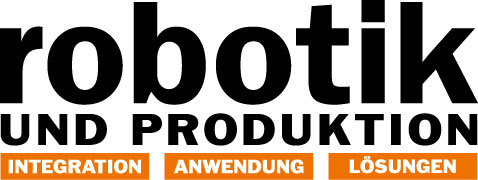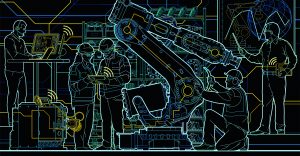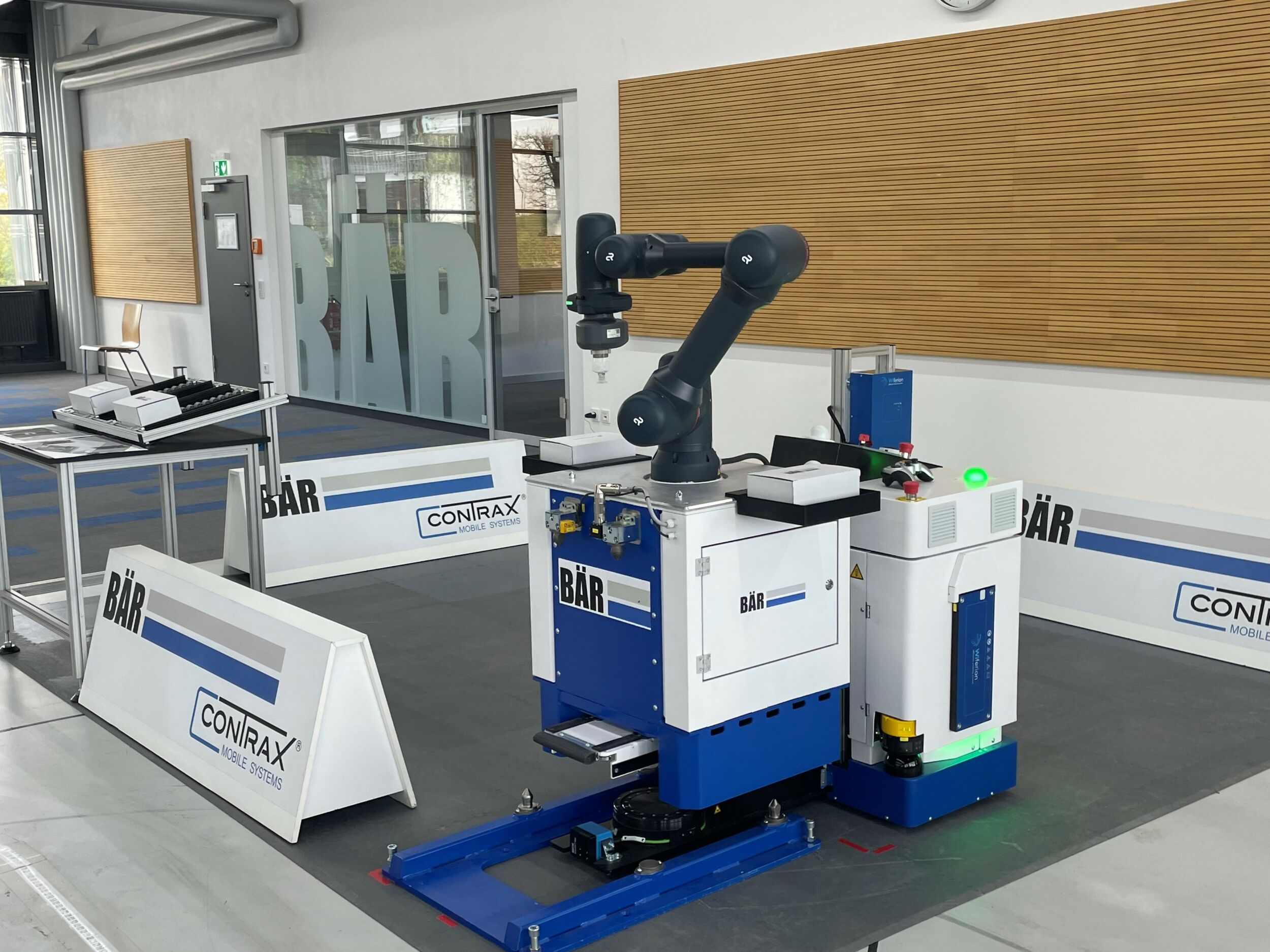Deep-learning AI network for industrial robots
Big data, the cloud and Fanuc?
Fanuc, the world’s largest maker of industrial robots, plans to start connecting 400,000 of their installed systems by the end of this year. The goal is to collect data about their operations and, through the use of deep learning, improve performance. Similarly, Kuka is building a deep-learning AI network for their industrial robots.
The Robot Report is a regularly updated web-based resource for news and links about the business of robotics. It strives to keep you informed about new startups, acquisitions, IPOs, fundings and failures; about successes, technological achievements, and forecasts. The Robot Report also has an extensive free worldwide database (and global map) of 4,500 public and private entities involved in robotics.
Fanuc, Cisco and General Motors
In 2014, Fanuc partnered with Cisco on a 12-month zero downtime (ZDT) pilot project with General Motors. Fanuc is now moving forward to connect all its manufacturing robots. The system proactively detects and informs of a potential equipment or process problem before unexpected downtime occurs. This lets Fanuc and its customers schedule and perform maintenance during a planned outage window, so operations aren’t disrupted. Fanuc robots contain sensors that constantly gather data on temperature, cycles, machine operator activities, and other metrics. This data is then dynamically analyzed to predict wear on parts such as bearings or transducers. An analytics engine captures out-of-range exceptions and predicts maintenance needs. The cloud app alerts Fanuc service personnel and its manufacturing customer about the need for service and replacement part(s). The part(s) is automatically shipped to arrive at the factory in time for the next scheduled planned maintenance window. This kind of proactive, planned maintenance can unleash dramatic savings and is different from present-day equipment and part-life maintenance and service programs. General Motors estimated unplanned downtime costs thousands per minute and Fanuc hopes to help GM save an estimated $40 million in downtime. Fanuc ZDT is part of the Fanuc Field system which provides end users with an integrated manufacturing solution for interconnecting and analyzing data from CNC devices, robots and sensors.
Kuka and Huawei
Kuka is working with Huawei, the Chinese phone maker and communications service company, on a similar project to develop a global 5G network enabling the connection of Kuka robots across many factories. The companies say they plan to integrate artificial intelligence and deep learning into the system to help manufacturing businesses remain agile and drive growth. In a March, 2016 agreement, Huawei and Kuka said they will collaborate in the areas of cloud computing, big data, mobile technology, and industrial robots.













